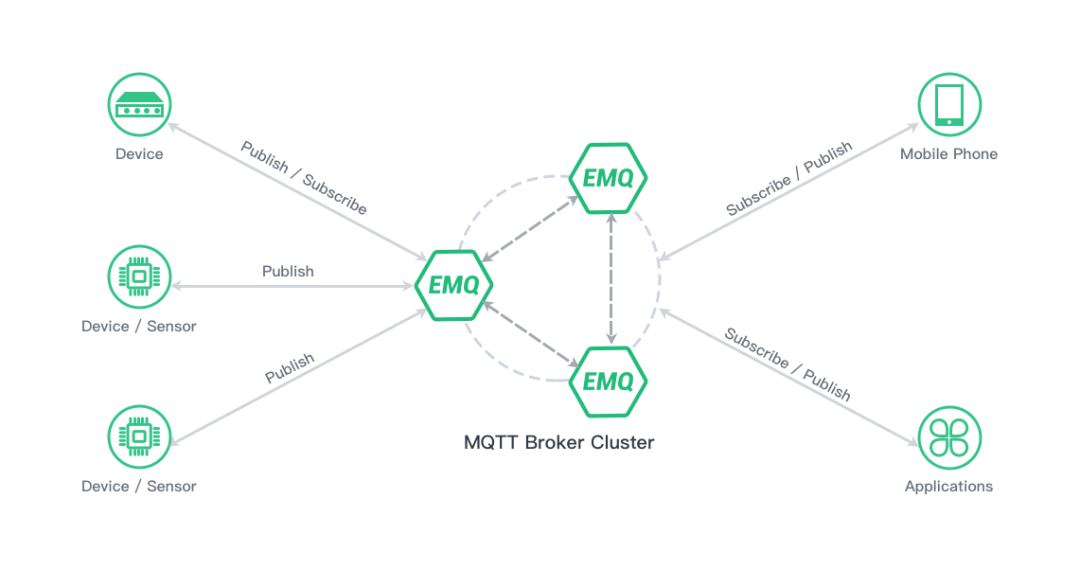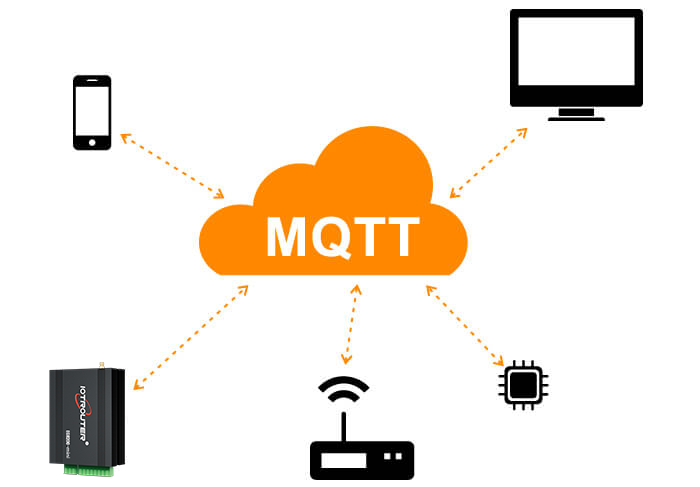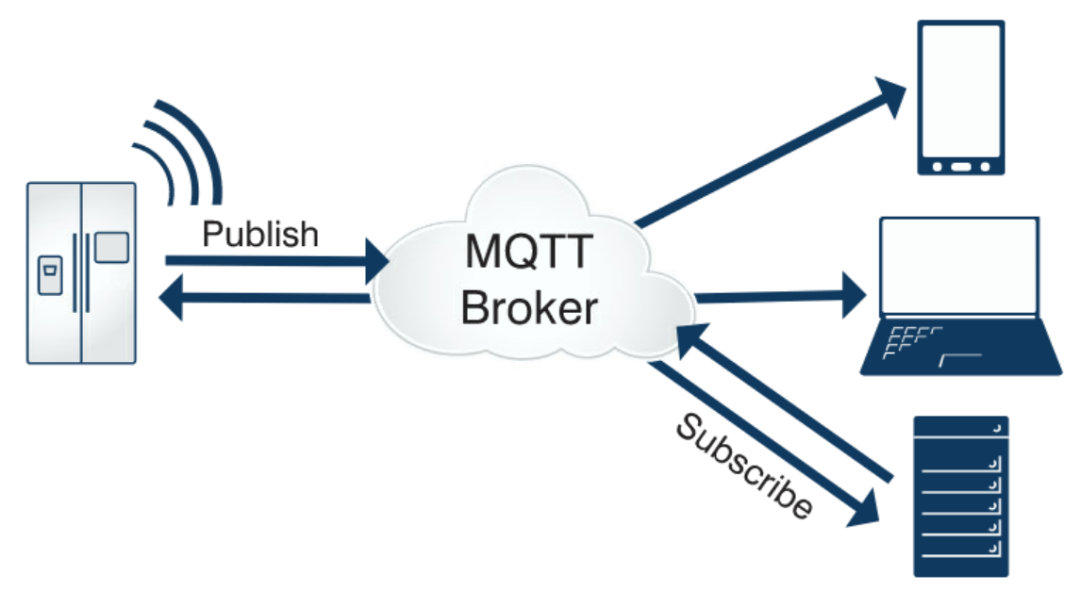MQTT Broker is the core component of the MQTT (Message Queuing Telemetry Transport) protocol. It is a lightweight, publish/subscribe model message transmission protocol that is widely used in Internet of Things (IoT) and M2M (machine-to-machine) communications. middle. MQTT Broker plays a key role in MQTT communication, responsible for managing client connections, receiving and processing messages published by clients, and delivering these messages to subscribers who subscribe to the corresponding topics. It is the middleman for communication between clients, ensuring reliable delivery and routing of messages.

Basic functions of MQTT Broker
Client connection management
The MQTT Broker is responsible for managing all MQTT clients connected to it. When a client wishes to establish a connection with a Broker, it sends a connection request to the Broker. The Broker will verify the client’s identity and permissions, and establish a long connection with the client after successful verification. In this way, the Broker can maintain connections with multiple clients at the same time.
message routing
In MQTT communication, the client sends information to the Broker by publishing messages, and the Broker is then responsible for routing these messages to the subscribers subscribed to the corresponding topics. This is a fundamental feature of the publish/subscribe pattern, allowing multiple subscribers to receive the same message at the same time. The Broker maintains a list of subscribers and delivers the message to all subscribers who have subscribed to the relevant topic when a new message is published.
Message storage and delivery
MQTT Broker may store messages that are not received in time to ensure that even if the client is offline, the messages can be delivered when the client comes online again. This message storage and delivery mechanism can ensure the reliability and durability of messages, and messages can be correctly delivered to subscribers even when the network is unstable or the client is unavailable.
Subscription management
The Broker is responsible for managing the list of clients subscribing to the topic. When a new client subscribes to or unsubscribes from a topic, the Broker updates the subscription list accordingly. This way the Broker knows exactly which clients are subscribed to which topics so it can deliver messages to the correct subscribers when they are published.
QoS (Quality of Service) support
The MQTT protocol supports multiple quality levels for message delivery, including QoS 0 (at most once), QoS 1 (at least once), and QoS 2 (only once). QoS defines the reliability of message delivery, and the Broker will ensure the reliability of message delivery based on the client’s QoS requirements. For example, at QoS 1 level, the Broker will ensure that the message is delivered to the subscriber at least once, while at the QoS 2 level, the Broker will ensure that the message is delivered only once and no duplicate delivery occurs.

Importance of MQTT Broker
MQTT Broker is the core of the entire MQTT communication architecture, which provides key support for messaging between clients. In the Internet of Things and M2M communications, a large number of devices and applications require real-time message interaction, and MQTT Broker, as a middleware, can ensure efficient delivery and reliable routing of these messages. It decouples direct connections between clients, making the entire communication system more flexible, scalable and fault-tolerant. In addition, MQTT Broker also provides support for important features such as QoS and message persistence, making the communication process more reliable and stable.

Riassumere
As the core component of MQTT communication, MQTT Broker plays a key role and is responsible for managing client connections, message routing, subscription management and other tasks . It plays an indispensable role in the Internet of Things and M2M communications, enabling devices and applications to communicate efficiently in real time, and providing strong technical support for the development and application of the Internet of Things.
